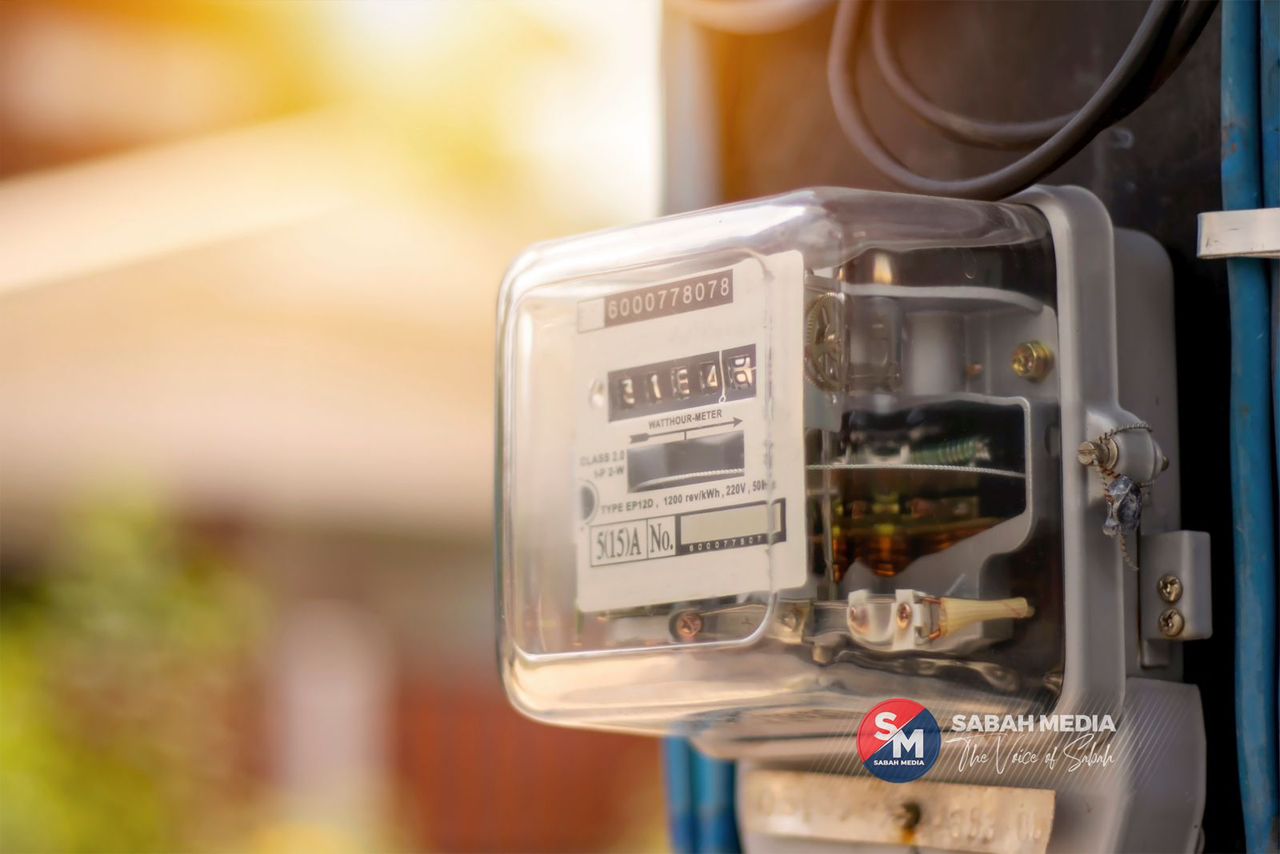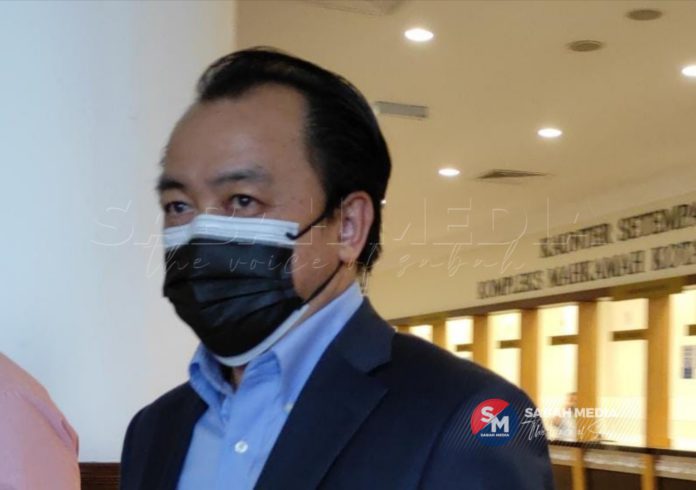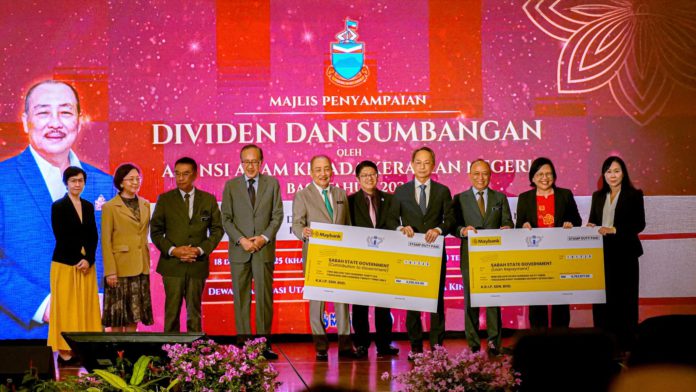KOTA KINABALU: If the Sabah Energy Roadmap and Master Plan 2040 is the answer to electricity stability in the State, then, probably, there is hope.
The SE-RAMP 2040 is a 17-year energy roadmap, and if implemented systematically and effectively, it would be able to meet Sabah’s immediate power needs by 2030 as it transitions to become a carbon neutral state.
Among its objectives is to ensure a dependable power supply, with equal access and comprehensive coverage at an affordable price, and would be monitored by the Sabah Energy Council chaired by Chief Minister Datuk Seri Hajiji Noor.
The council will also support and provide guidance in the implementation of the planned short, medium and long-term initiatives, which is also in line with the state government’s aspiration to continue making power accessible to the people while ensuring sustainability for the future of Sabah.
But another issue comes to mind – electricity tariff.
Sabah Electricity Sdn Bhd Chairman Datuk Seri Madius Tangau has described the 34 sen per-unit rate as outdated, and calls for a review.
Although he did not indicate that there would be an increase, he said the electricity tariff should be reviewed to show what the current rate should be.
Tangau noted Sabah’s electricity tariff rate had not been reviewed since SESB, then Sabah Electricity Board, was privatised about 20 years ago.
The rate had only increased by 10 sen for two decades ago, which by right, according to Tangau, should be at 47 sen per-unit by now.
Ultimately the government is the one to decide whether to update the tariff rate and other matters, not SESB, adding that although the utility company is government-owned, its operations are privatised which means it does not receive any funding to run its operations in generating or sourcing new power sources.
The federal government subsidy helps cover the costs, which is also used to operate SESB.
Prime Minister Datuk Seri Anwar Ibrahim, in his Budget 2024 speech, announced that the federal government would still support Sabah in terms of subsidy for SESB until 2030 after granting regulatory authority over its electricity to the state starting next year.
The challenge for SESB remains, which is to be able to generate enough power and have sufficient surplus reserve margin to fulfil the current demands and avoid possible outage in the future.
While the federal government is offering subsidies for another six years, SESB must learn to be a self-sufficient operating utility company before the time ends.
If these are materialised, the state’s businesses and economy will thrive, and people’s well-being will improve.
Only then, maybe, the government can consider increasing the electricity tariff.




